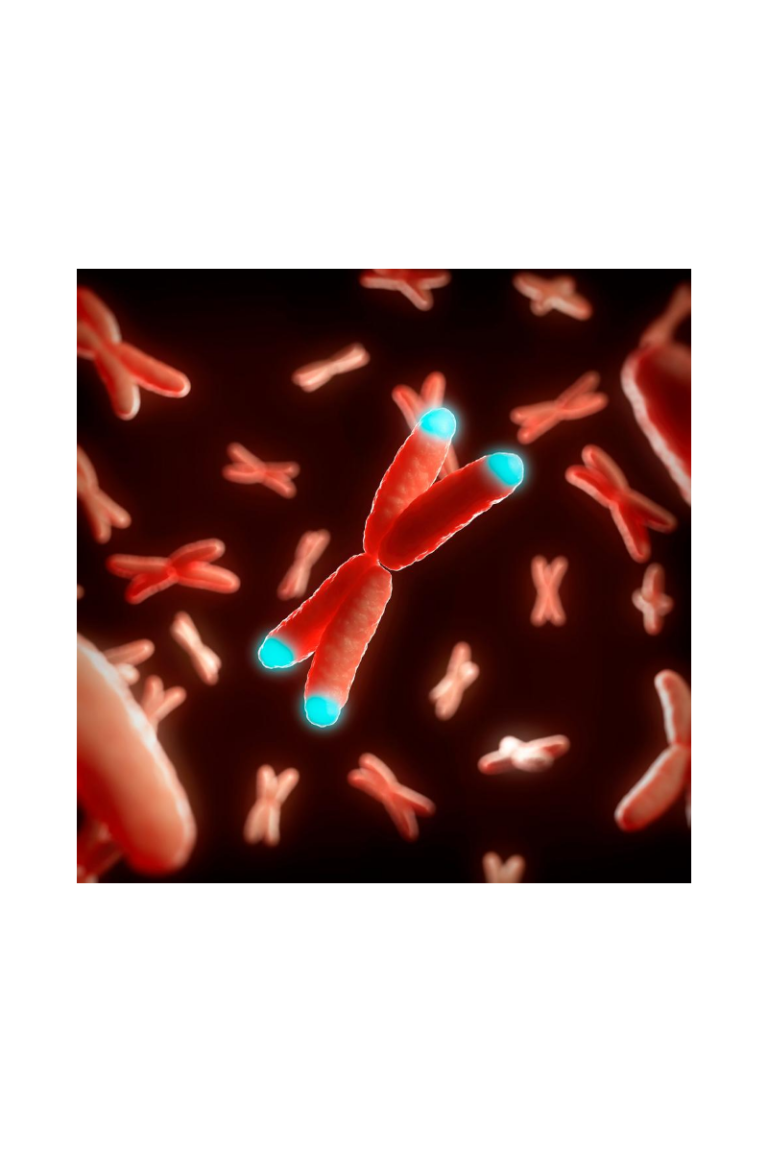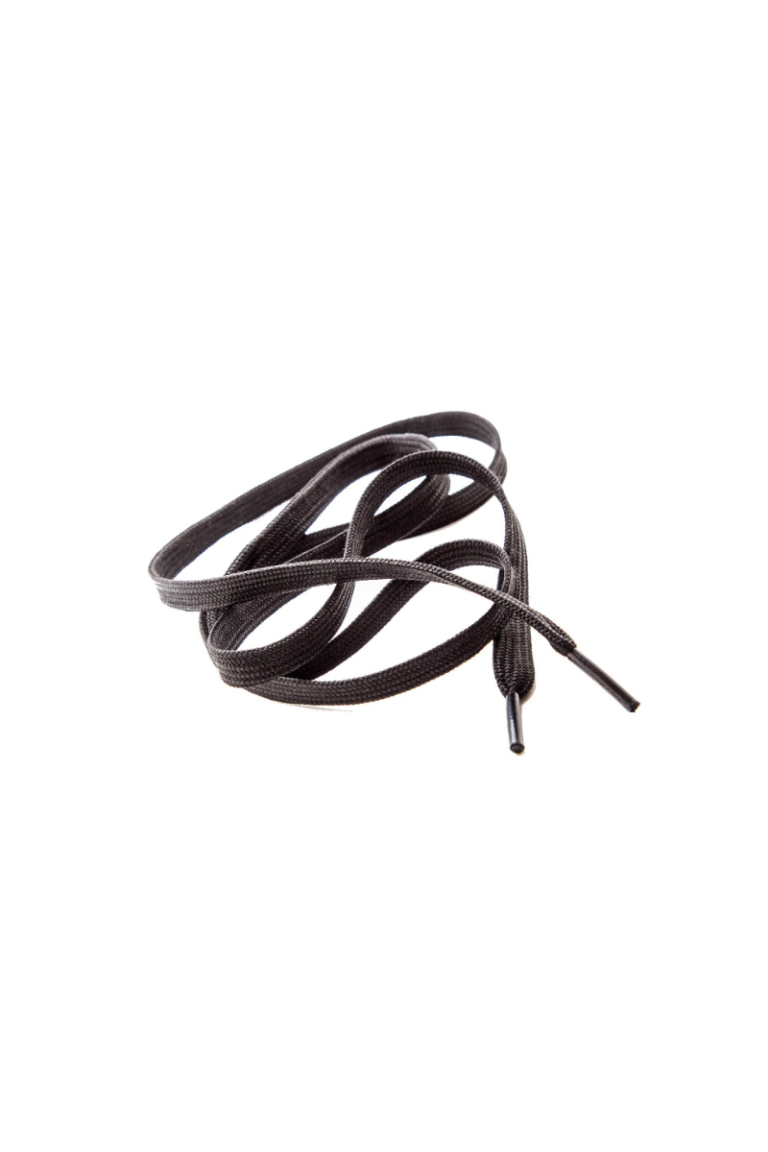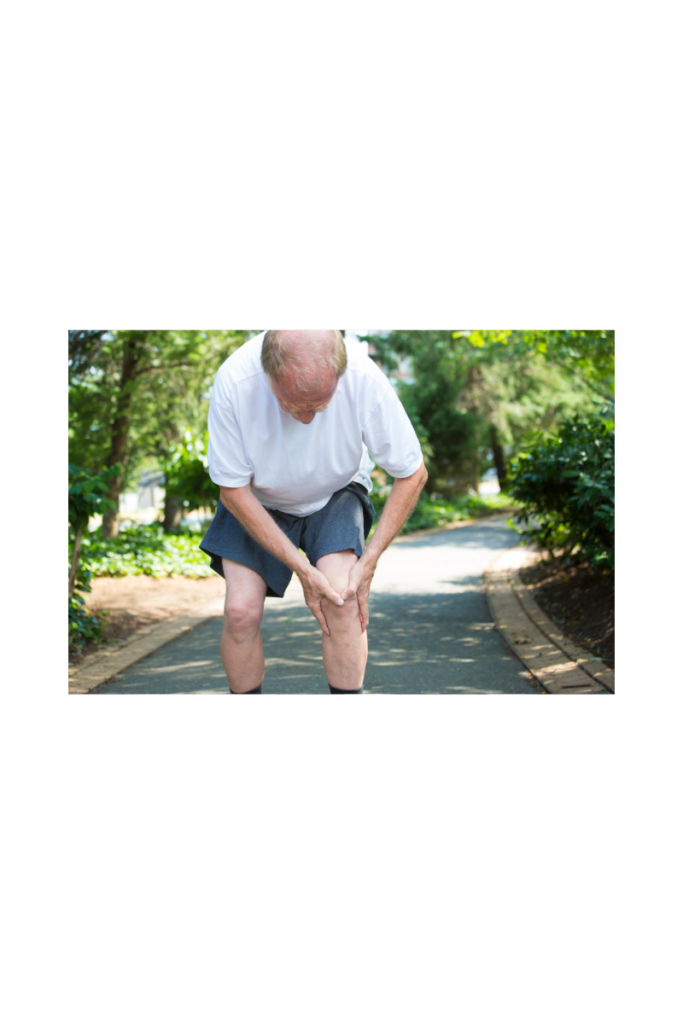
Dr. Mitch Broser
If you’ve been around “older” people, you’ve likely heard things like “getting old sucks” or “it’s just part of being old” when they discuss their aches and pains. As living organisms, we naturally degrade over time – we grow old, our skin loses elasticity, our muscles degrade, our joints wear down, etc. We call this “aging”. This aging is associated with telomeres, the region at the end of your chromosomes. They are like the aglets at the end of a shoestring (the plastic cap at the end of a shoe string; trust me, I googled it). Like an aglet protects the string from becoming frayed, telomeres protect the ends of the chromosomes from deteriorating. Chromosomes play a huge role in cellular replication as we grow. As we age, cell duplication slowly chips away at the telomerase. Eventually, the telomeres will become too short and will no longer protect the chromosome. When this happens, we see cell aging and dysfunction. When the aglet wears down, the shoelace ends fray and become frustratingly dysfunctional.


This doesn’t mean we are doomed. Exercise (Estébanez, 2019), diet (Rafie, 2016) and meditation (Schutte, 2020) have been shown to have a positive influence on telomere length and aging. On the flip side, those who are physically inactive, have a poor diet and experience chronic psychological stress have shorter telomeres and age more rapidly. Although aging is inevitable, there are things that we can do to slow down the process and maximize high-quality years of life.
In the exercise department, there many systems in play, such as the cardiovascular system, respiratory system, lymphatic system, nervous system and musculoskeletal system. As a chiropractor, my expertise lies in the musculoskeletal system.
With aging and inactivity, arthritis is running rampant. Osteoarthritis, ie. joint degeneration is the leading cause of disability around the globe (Vina, 2018). Not coincidentally, physical inactivity is also at an all-time high. As we discussed already, exercise can have a positive effect on aging and degenerative musculoskeletal condition.
“Yes I know I need to exercise, but where do I start?”
A great start, and an even better foundation for training, is Controlled Articular Rotations (CARs). CARs are active rotational movements at the outer limits of joint motion. They provide many benefits, including:
- Maintain range of motion
- Improve joint health and longevity
- Screen for early onset joint issues
- Rehabilitation
ROM maintenance
Think about a toddler squatting down to play with toys versus a grandfather squatting down. You will likely notice the toddler can squat deep with ease and stay in that position comfortably as they play with their toys. Now if you watch an elderly person try to squat, it often looks painful – they will likely hold on to something for balance and achieve little depth before they report some sort of pain or inability to squat further. Between infancy and our elder years, where did we go wrong?


As we age, many will reduce their activity levels. Maybe you are past your athletic years, or your career consumes your life leaving no room for activity. If you don’t use it, you lose it! If you are not active, your tissues (connective tissue) will become tight and fibrotic (we can call it “scar tissue” for simplicity’s sake, although that term is not accurate), lacking the ability to stretch. Like when your jeans come out of the dryer and they are skin tight, preventing you from moving freely.
Taking your joints through their greatest range of motion using CARs will stimulate all of the tissues surrounding the joint and the joint itself, helping to maintain tissue extensibility (stretchiness) and joint health.
Joint Health & Longevity
Joints are where 2 bones meet to allow movement between them. They are held together by a joint capsule, with synovial fluid in the joint cavity which acts as a lubricant. There is limited blood supply that goes inside a joint, so when joint degeneration or injury occurs, healing is difficult. Much of the oxygen and nutrients comes from the synovial fluid. When you move a joint, the pressure inside the joint changes. This acts like a pump to help move waste out and oxygen and nutrients in. Therefore, joint health is dependent on movement! When you become less active and lose mobility, the joints cannot move waste out and nutrients in, leading to joint inflammation, degeneration and pain.
Articular Screening & Rehabilitation
The morning CARs routine also acts as a daily joint health screen. If you complete the routine daily, you will pick up on the first signs of joint issues, which will allow you to intervene immediately before they become a significant issue. In practice, people often come to me long after symptom onset once the pain or dysfunction is no longer manageable. The longer an issue has been around, the longer it will take to resolve the issues.
If you are completing your CARs morning routine regularly and one morning you notice a new sensation, such as “pinching”, that is an early sign of suboptimal joint health. Letting this persist will lead to degradation of joint health. If you don’t follow a daily CARs routine, you may not have noticed these early warning signs. Issues that become intolerable or limit your activities are likely the results of a process that has been going on for quite a while. Wait too long to address these and you will be fighting an uphill battle. If you address a joint issue right at the first signs of it, you can get ahead of it, intervene before it becomes a real issue and get back to stay young and active.
The Routine
It is called the “CARs Morning Routine”, because it is recommended to complete it in the morning. It would be beneficial to do it at any point in the day but scheduling it in the morning helps with consistency. In our house, we call it “Coffee & CARs”. We complete our CARs routine in the morning while we are having coffee. Since coffee is part of every morning for us, associating CARs with our coffee helps us stay consistent. It may sound daunting to commit to an exercise routine EVERY DAY, but not nearly as daunting as early aging.


